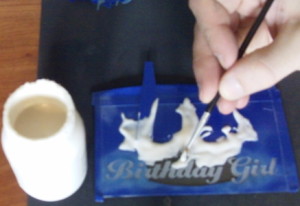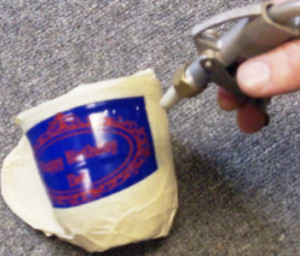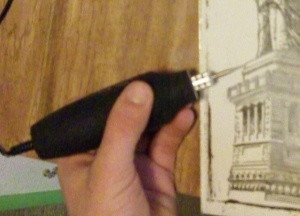Etching/Engraving Types
To start the process, it all begins with the pattern & stencil material. You will need to make stencils from a black & white designed pattern that will resist areas of the glass that you don’t want etched. Exposed areas of the pattern will be etched to create the image. Now, let’s look deeper here to examine the different methods.
Acid Cream

Sandblasting Glass

Hydrofluoric Acid
Some people think the acid cream is the same substance as hydrofluoric acid, but they really aren’t exactly the same thing and I like to categorize them separate to help distinguish them from each other. Let’s get our facts straightened.
Hydrofluoric acid is an extremely dangerous chemical, and the acid cream is a much safer process which is why it is more popular in the huge craft market. You can read more about this acid type and the dangers that I mention throughout the website.
Engraving

Share this on social media or email by clicking below!



Hi,
Nice info but I have a question about air compressors. I want to get involved with micro sand blasting can you recommend a good quiet compressor and where do I find it ? I mean there are a lot of them and I don’t really want to make a mistake and buy the wrong one. Right now I do some glass engraving with rotary bits, but I want to achieve a whiter or frostier look on the hi lights. I do animal portraits can you recommend a good diamond burr and grit size. I have tried from 150 to 600 but it just doesn’t seem white enough. Any info you could send would be very helpful.
Thank you,
Mr. Frank Sisti
can use acid cream granite stone
I have an etching its called “room with a view” signed 75 stone numbered 3/40 id like to know its worth. Thank you
Not able to open member login from 5 days